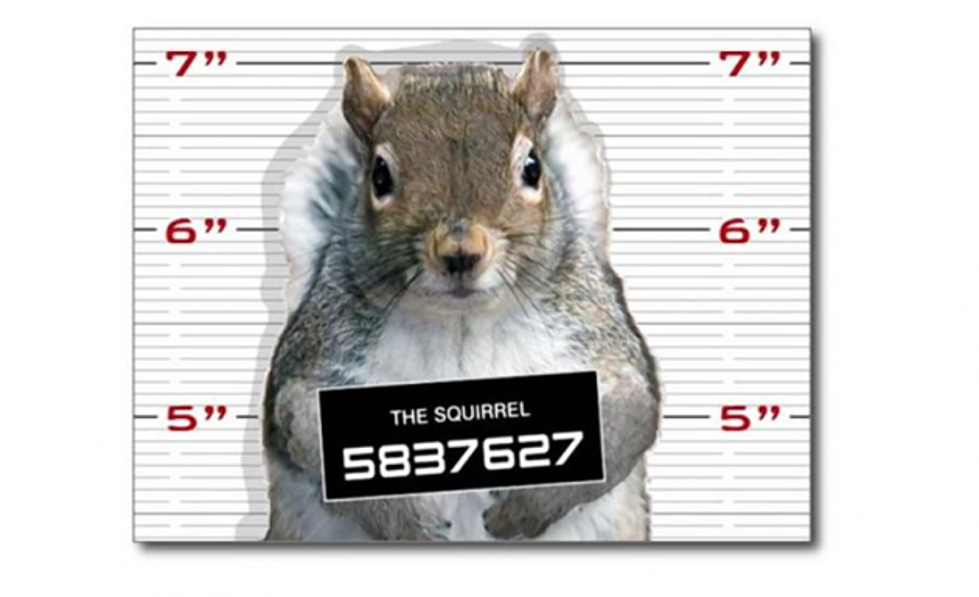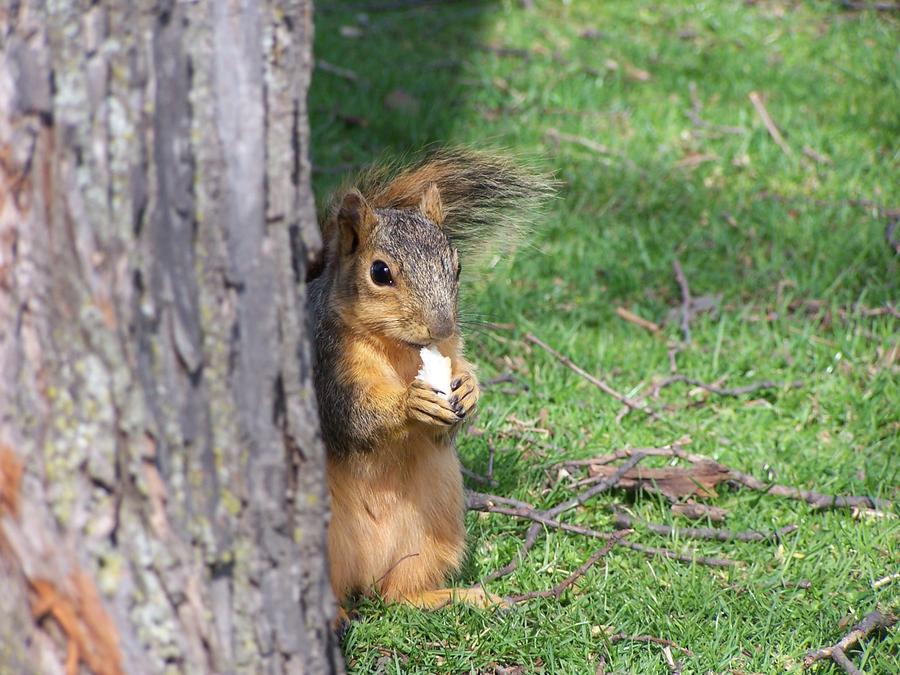Welcome back to the Squirrel Series. I remind you this series is written in observation of squirrel awareness month, which is October. If you recall, the first article of the series described the basic mechanics of the squirrel, explaining how they are capable are scurrying in the way they do. The second installment provided information on how a squirrel chooses which nut to eat and which nut to cache. This week’s installment covers where to cache. Keep reading for more intel.
In the last article we asked, “Does the squirrel deserve to be the subject of an idiom such as, “He ain’t got the brains God gave a squirrel,” or does it actually deserve an apology?” As it stands, the answer is leaning toward apology.
Through past research, we recognize the squirrel has reason to cache one nut over another. We wonder, though, once a squirrel decides to cache a nut, how does it proceed?
Sneakily.
In the wee hours of the night, when a squirrel has just gone to sleep after a long day’s work of caching…The Pilferer strikes! With cunning schemes and greedy desires the pilferer steals snicky-snacks from various caches, leaving the robbed hungry and sad. Does the robbed squirrel curl up and cry, refusing to return to its nut caching ever again? NO. It rises to the occasion, adding finesse to its caching techniques and working harder than ever to protect against The Pilferer.
Research consistently shows that increase in competitors, would-be pilferers, and/or general audience makes a squirrel up its stealth game; this makes sense.
- The greater the increase in surrounding competitors, the farther away a squirrel caches its nuts (Tamura, 1999).
- Squirrels are particularly sneaky in the presence of other squirrels (in comparison to audiences such as crows or magpies). Lucy Hopewell of University of Exeter found squirrels refrain from caching when other squirrels are present. When the squirrels did cache, they spent more time disguising the cache (Hopewell and Leaver, 2008).
- Squirrels go as far as to make fake caches. They turn their backs to the audience, furiously pretending to bury a nut. They then scamper to a more discreet location where they bury the nut.
- Squirrels change perception based on the quantity of a resource. When a resource is plentiful, the squirrel makes frequent trips to the source, gathering nuts and caching them at relatively close locations. In this instance the squirrel is on offense, racing against the resource to get as much as possible. As the source’s quantity begins to dwindle, the squirrel turns to defense, now viewing its fellow squirrels as the competition. The squirrel begins to cache its nuts farther from the source (Hopewell and Leaver, 2008).
Indeed, the squirrel has some finesse and method to its caching. It’s first seen in the thoughtful selection of a nut and then the stealthy caching of the nut. Same as it was prior to this article, we find ourselves leaning toward an apology to the squirrel brained squirrels.

It should probably be noted that these observations might not apply to the campus squirrels, as one could argue they do not live in as wild or competitive environment as their more rural cousins.

